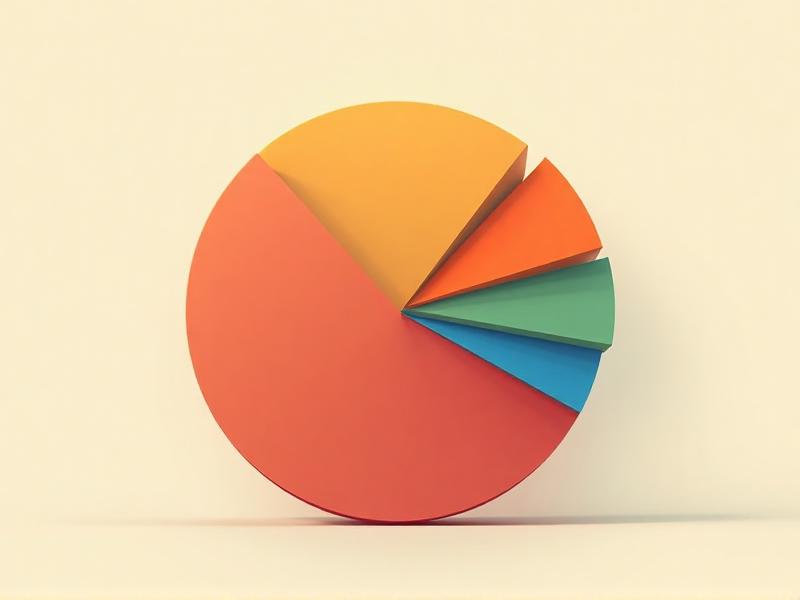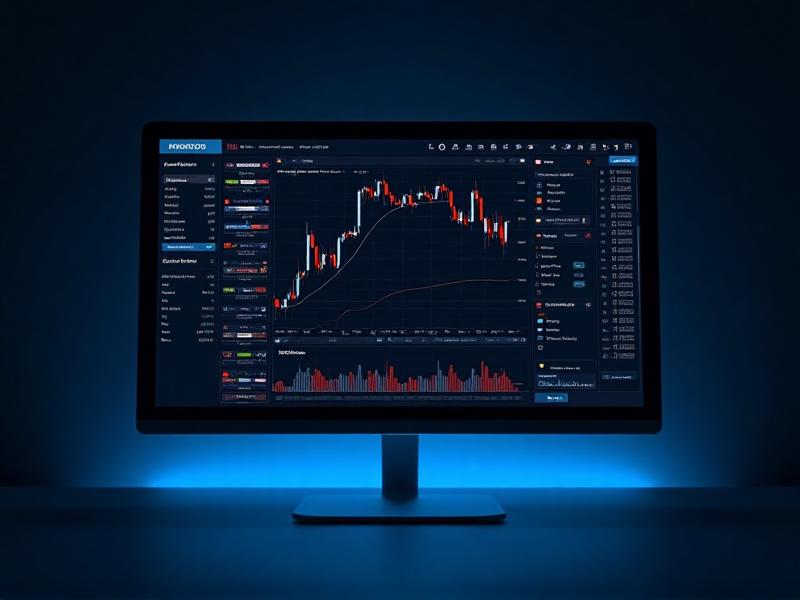Why Start Investing with $100 or Less?
Investing is often perceived as a game for the wealthy, but the truth is, you don’t need a fortune to get started. With just $100 or less, you can begin building a foundation for financial growth. Starting small allows you to learn the ropes without taking on significant risk. It’s an excellent way to develop good habits, understand market dynamics, and gradually increase your investments as your confidence and financial situation improve.
Many platforms now cater to small investors, offering low fees and user-friendly interfaces. These tools make it easier than ever to dip your toes into the investment world. Whether you’re saving for retirement, a big purchase, or simply looking to grow your wealth, starting with $100 is a practical and accessible way to begin your journey.
Understanding Your Financial Goals
Before you start investing, it’s crucial to define your financial goals. Are you saving for a short-term goal, like a vacation, or a long-term objective, such as retirement? Understanding your goals will help you determine the best investment strategy for your needs.
Short-term goals typically require safer, more liquid investments, while long-term goals can afford to take on more risk for potentially higher returns. By aligning your investments with your goals, you can make more informed decisions and stay focused on your financial journey.
Choosing the Right Investment Platform
With so many investment platforms available, it’s essential to choose one that suits your needs. Look for platforms that offer low fees, educational resources, and user-friendly interfaces. Many platforms now allow you to start investing with as little as $1, making it easier than ever to get started.
Some popular options include robo-advisors, which use algorithms to manage your investments, and micro-investing apps, which allow you to invest small amounts of money. Take the time to research and compare different platforms to find the one that best aligns with your goals and preferences.
Exploring Low-Cost Investment Options
When you’re starting with $100 or less, it’s important to focus on low-cost investment options. High fees can eat into your returns, especially when you’re working with a small amount of money. Look for investments with low expense ratios and minimal transaction fees.
Index funds and ETFs (Exchange-Traded Funds) are excellent options for small investors. These funds offer diversification and typically have lower fees compared to actively managed funds. By keeping costs low, you can maximize your returns and make the most of your initial investment.
Diversifying Your Portfolio
Diversification is a key principle of investing, and it’s especially important when you’re starting with a small amount of money. By spreading your investments across different asset classes, you can reduce risk and increase the potential for returns.
Even with $100, you can achieve diversification by investing in a mix of stocks, bonds, and other assets. Consider using a robo-advisor or a diversified ETF to simplify the process. Remember, the goal is to create a balanced portfolio that aligns with your risk tolerance and financial goals.
Investing in Fractional Shares
Fractional shares are a game-changer for small investors. They allow you to buy a portion of a share of stock, making it possible to invest in high-priced companies with just a few dollars. This is particularly useful when you’re starting with $100 or less.
Many investment platforms now offer fractional shares, giving you access to a wide range of companies and ETFs. This approach allows you to build a diversified portfolio without needing a large amount of capital. It’s an excellent way to start investing in the stock market with limited funds.
Building an Emergency Fund First
Before you start investing, it’s essential to build an emergency fund. This fund acts as a financial safety net, covering unexpected expenses like medical bills or car repairs. Without an emergency fund, you may be forced to withdraw your investments prematurely, potentially incurring losses.
Aim to save at least three to six months’ worth of living expenses in a high-yield savings account. Once you have a solid emergency fund in place, you can confidently start investing with your $100 or less, knowing that you’re financially prepared for unexpected events.
Learning and Staying Informed
Investing is a continuous learning process. Stay informed by reading books, following financial news, and taking advantage of educational resources offered by investment platforms. The more you know, the better equipped you’ll be to make informed decisions.
Consider joining online communities or forums where you can discuss investment strategies and learn from others. Remember, investing is a long-term game, and staying informed will help you navigate the ups and downs of the market with confidence.
Starting Small, Thinking Big
Starting with $100 or less is just the beginning of your investment journey. As you gain experience and confidence, you can gradually increase your investments and explore more advanced strategies. The key is to stay disciplined, patient, and focused on your long-term goals.
Remember, every successful investor started somewhere. By taking the first step with $100, you’re laying the groundwork for a brighter financial future. Keep learning, stay informed, and watch your investments grow over time.











